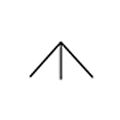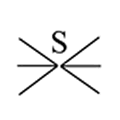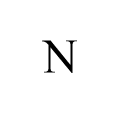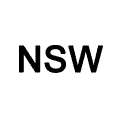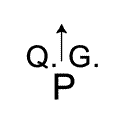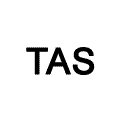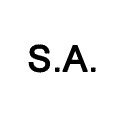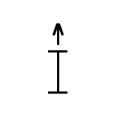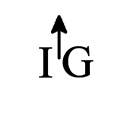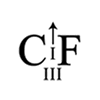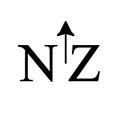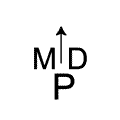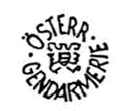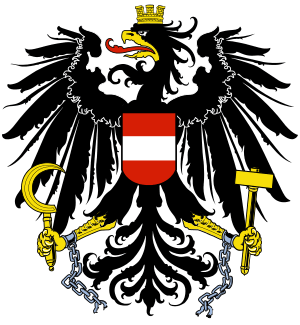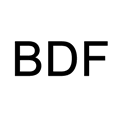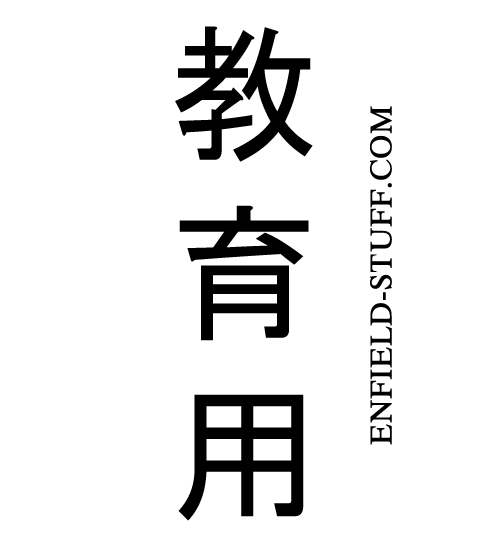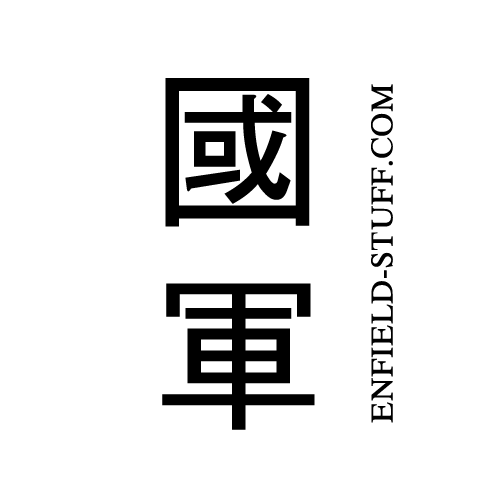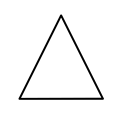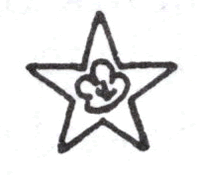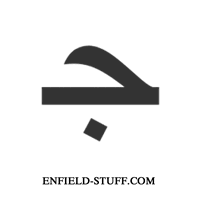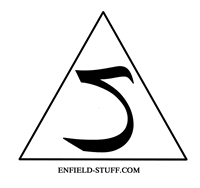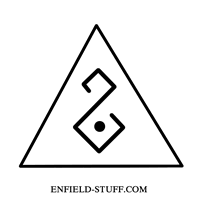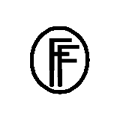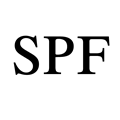Codes & Marks: Government Marks
Finding and recognizing the marks, symbols and stamps of government service is like finding an old passport along with a collection of photographs – it gives you some clues as to where the rifle has been, and when, and with whom.
If the only marks you can remember are the first four listed below (Broad Arrow, War Department, Sold-Out-of-Service and Navy), you’ll at least have the basics for most Commonwealth countries.
This page is a list of government marks observed on Enfield rifles and bayonets. Not every country that used British Empire gear, such as the Lee-Enfield/P14 Enfield, marked them with a unique government mark (Latvia, Portugal and Italy come to mind).
For a more in-depth study of government marks, the Notes & Sources page lists additional resources.
The Big List

|
The Australian Colonies and Territories were formerly inaugurated as a self-governing Commonwealth of the British Empire in 1901. At that time, Australian forces were organized solely for home defence. The Australian Regular Forces (2,862 in 1914) were backed by the part-time volunteer militia (Citizen Military Forces (CMF – around 80,000 men in 1914). [1] |
 |
Citizen Military Forces After federation, the independent colonial military and naval forces came under the control of the new Commonwealth government. Military Districts were established, mostly along earlier colonial (now state) boundaries. This table outlines the 1911 structure; the Military Districts were reorganized several times (1939, 1942, 1950, 1970’s) and were finally disbanded 1997. [2] |
 |
1st Military District, Queensland and the Northern Territory. The territories of Papua and New Guinea were allocated to the 1MD afte the Great War (1914-1919). |
 |
2nd Military District, New South Wales |
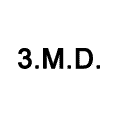 |
3rd Military District, Victoria |
 |
4th Military District, South Australia |
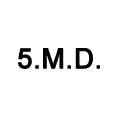 |
5th Military District, West Australia |
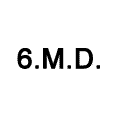 |
6th Military District, Tasmania |
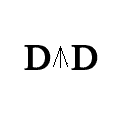 |
Defense Department. This mark is still in use. |
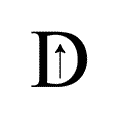 |
Probably the most commonly encountered mark of Australian ownership, this mark was in widespread use from about 1910. |
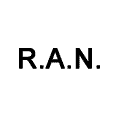 |
Royal Australian Navy. Following Federation in 1901, the naval forces of the various colonies were integrated into a national force, the Commonwealth Naval Forces. The title "Royal" was granted in 1911. |
 |
Royal Australian Air Force. The Australian Flying Corps (AFC) was established in 1912 as part of the Australian Army. It was disbanded in December 1919, it's assets assigned to the newly formed Australian Air Corps (AAC) in January 1920, jointly overseen by the Army and Navy. The AAC was disbanded in March 1921 and immeadiately succeded by the new Australian Air Force, a separate organization. The "Royal" prefix was added August 1921. |
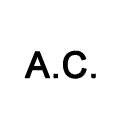 |
Australian Commonwealth. This mark is seen 1901 - 1910 and gradually disappeared in favor of the D-Arrow mark. Often found within a shield, or below a shield with a kangaroo within. Usually found on the right buttstock of early Lithgow rifles. Often very faint and easily overlooked. |
 |
Australian Commonwealth. This mark is seen 1901 - 1910 and gradually disappeared in favor of the D-Arrow mark. Usually found on the right buttstock of early Lithgow rifles. Often very faint and easily overlooked. |
 |
In 1921 Canada adopted a coat-of-arms to replace the rather complex and crowded shield used previously. The Red Ensign remained in use until replaced by the Maple Leaf flag in 1965. |
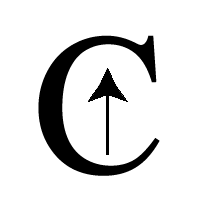 |
The ornate "C" with Broad Arrow stayed in use throughout Canada. |
 |
The much simplified C-tripod first appears on WWI (1914-1919) ammuntion headstamps. It reproduces well in small sizes and was later used extensively at the Long Branch rifle production factory 1940-1945. |
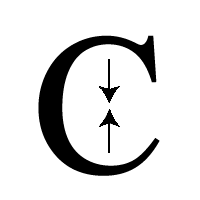 |
This version of the C-Sold-Out-of Service mark is rarely seen. |
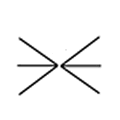 |
Two nose-to-nose Broad Arrows is a common Sold-Out-of-Service symbol. |
 |
Canadian Officers Training Corps 1912 - c. 1968. |
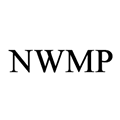 |
North West (or North-West) Mounted Police. The North-West Territories (NWT: French les Territoires du Nord-Ouest) is not a province, but a large territory (currently 1.2M kilometers, much reduced from it's pre-1900 size) north of the 60th parallel in Canada. This is one of the marks specifically associated with the force sent to police that huge territory. The name of the Force changed to Royal North West Mounted Police in 1904. The RNWMP amalgamated with the Dominion Police in early 1920 as the new Royal Canadian Mounted Police. |
 |
Royal Canadian Mounted Police. Sometimes seen as M.P. Found on some No.4 rifles. |
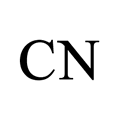 |
Canadian Navy. Also seen with a Broad Arrow between the letters. |
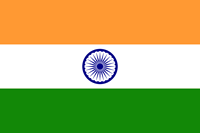 |
India gained independence from Great Britain on 15th August 1947 following endorsement of a plan by the Muslim League and the All-India Congress to partition the sub-continent into two countries, India and Pakistan. The Tiranga was raised over the Red Fort as the the national flag of India on Independence Day, 1947. |
 |
Until the British came along 2,000 years later, Ashoka the Great (273 BC - 232 BC) was the last time the Indian subcontinent had been united under a single ruler. His symbol, four lions standing back to back, standing atop a lotus beneath the Wheel of Law, was adopted as the emblem of the Government of India in 1950. Only three lions are visible; the fourth is hidden from view - and watching for enemies. |
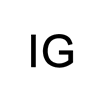 |
Indian Government |
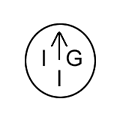 |
Many of modern India's marks are not much different from their pre-independence forebears. The Broad Arrow continues to be seen through the 1970's. |
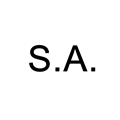 |
The SA is presumed to mean Small Arms. |
SOUTH AFRICA - National Government
.gif) |
The Union of South Africa was created on May 31, 1910 as a new dominion of the British Empire when the Cape Colony and Natal Colony were combined with the former Boer Republics of the Orange Free State (Orange Colony) and the South African Republic (Crown Colony of Transvaal).
The Red Ensign was adopted in 1910, although the Union Jack remained the official flag. The South African troops fighting in East Africa, the Middle East and in the trenches in France during the First World War did so under the Union Jack. |
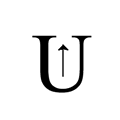 |
After 1910 the Broad Arrow quickly makes an appearance within the U for the new Union of South Africa. |
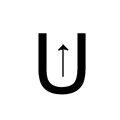 |
The U-Broad Arrow continues in use through WWII, although the font of the U may be much simplified. |
 |
Sometime after WWII a diamond makes it's appearance within the South African U. We surmise that this mark was used after 31st May, 1961, when the Union of South Africa left the British Commonwealth and became the Republic of South Africa. This mark has been seen on both rifles and oilers. |
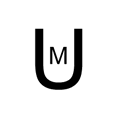 |
Sometime after WWII an M makes it's appearance within the South African U. We surmise that this mark made it's appearance after 31st May, 1961, when the Union of South Africa left the British Commonwealth and became the Republic of South Africa. This mark has been seen on both rifles and oilers. |
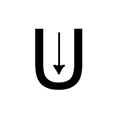 |
A U with an "upside down" arrow has been found on a variety of South African kit, most of which appears to be WWII or later production. The mark, although South African, remains a mystery. This mark has been seen on both rifles and oilers. |
The Long List

|
NAZI GERMANY |
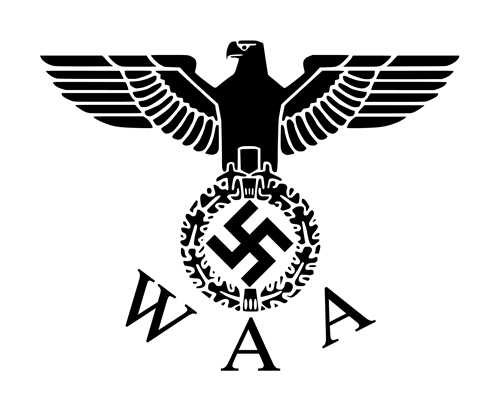 |
Much like the view marks/inspection marks found on British manufactured Lee-Enfield rifles, Nazi Germany (1933-1945) made extensive use of inspection/acceptance marks called “Waffenamt” on almost everything used by all branches of German forces. [07]
The Waffenamt (WaA) was the German Army Weapons Agency responsible for the testing and acceptance of all weapons, equipment and ammunition before delivery to the Wehrmacht (Defense Force). [08]
Nazi Germany made extensive use of captured weapons (Beutewaffen), including the Lee-Enfield rifle. Captured weapons were often WaA marked. [11] |
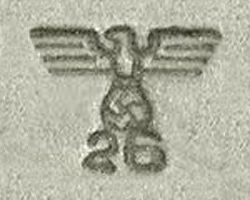 |
The basic WaA symbol is of a Nazi eagle holding a swastika above the letters WaA. The Waffenamt code (WaA followed by a number) is the German inspection proof mark and can be found on firearms and equipment. There were thousands of WaA inspectors. There are also many, many variations of WaA inspection stamps. [10] |
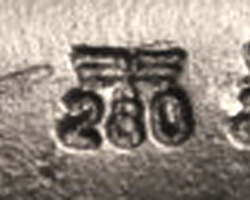 |
The Wappenamt stamp can be very small ( 1/8 inch; 3.175mm; 0.125 inch - which is even smaller than some of the inspection marks found on Lee-Enfield rifles) and are easily overlooked, particularly on bayonets.
Waffenamt photos courtesy of Vern Bryant at www.GermanDaggers.com [10] |
 |
In September 1939 the Republic of Poland was invaded from the north, south and west by Nazi Germany and from the east by the Soviet Union, a joint invasion which marked the beginning of World War II. In less than thirty days the entire country had been annexed and divided between Nazi Germany and the Russian Soviet Union. Poland never formally surrendered. [36]
The Polish government-in-exile fled to France. When France, too, fell to Nazi Germany in June 1940 the government-in-exile fled to London, along with the French. [37]
Many Poles who escaped Nazi-occupied Europe joined the Polish Armed Forces in the West, an armed force loyal to the Polish government-in-exile. Pilots and aircrew who managed to escape to Britain were eventually organized as the Polish Air Force (PAF) under the aegis of the Royal Air Force. PAF fighter squadrons were active during the Battle of Britain. [38]
The Polish II Army Corps (about 100,000 solders) trained in England (Photograph) [39] [40] and served under the British chain of command in Italy and North Africa; Menachem Begin, a Polish Jew and future Prime Minister of Israel, served in Polish II Army Corps.[41]
After the Red Army’s takeover of Polish territory from defeated Nazi Germany, the Soviets quickly established a communist government closely aligned with the Soviet Union. Within sixty days of the German surrender, the Allies had accepted the communist government in Poland as the de-facto Polish government. The Polish Armed Forces in exile were disbanded in 1945, and most of their members, unable to safely return to Communist Poland, settled in other countries. [42]
|
 |
Markings reported on a Rifle No.4 found in Canada (2024). POL is the ISO country code for Poland. (Photograph) |
 |
Badge, formation, shoulder title, Polish
Imperial War Museum collection: INS 8029. https://www.iwm.org.uk/collections/item/object/30078769 |
 |
Polish Ressistance Brassard (a armband worn as part of a uniform) of the Bataliony Chłopskie (BCh, Farmers' Battalions) of the Home Army, the Polish main resistance movement.
Imperial War Museum collection: INS 8076. https://www.iwm.org.uk/collections/item/object/30078932 |
Page Notes & Sources
[1] The Handbook of Military Rifle Marks 1866-1950; An Illustrated Guide to Identifying Military Rifles and Marks, Third Edition. Richard A Hoffman and Noel P. Schott, Mapleleaf Militaria Publications, St. Louis, MO, USA. 2002. UNSPSC-Code : 55101500. ASIN : B00408TVQC Page 04.
[2] Austrian flag artwork by David Liuzzo; image courtesy of Wikipedia: https://en.wikipedia.org/wiki/Coat_of_arms_of_Austria [Retrieved 2020-10-02]
[3] The Handbook of Military Rifle Marks (see #1, above) Page 09
[4] The Handbook of Military Rifle Marks (see #1, above) Page 34
[5] Belize flag artwork by Caleb Moore; image courtesy of Wikipedia: https://en.wikipedia.org/wiki/Belize [Retrieved 2020-10-05]
[6] The Handbook of Military Rifle Marks (see #1, above) Page 07
[7] The Handbook of Military Rifle Marks (see #1, above) Page 27
[8] Wikipedia https://en.wikipedia.org/wiki/Waffenamt
[9] Nazi flag artwork courtesy of Wikipedia: https://en.wikipedia.org/wiki/Nazi_Germany
[10] Photos of Waffenamts courtesy of Vern Bryant and GermanDaggers.com Mr. Bryant has also put together an extensive list of Waffenamt inspection codes. http://www.germandaggers.com/Gallery/WAF.php
[11] Captured Arms (Beutewaffen); Propaganda Photo Series Volume IX; by G. de Vries, 2017. S.I. Publicaties BV, PO Box 188, The Netherlands. ISBN 978-90-78521-06-8. Page 126.
[12] Kingdom of Iraq flag artwork by Željko Heimer; image courtesy of Flags of the World (FOTW) website.
[13] The Handbook of Military Rifle Marks (see #1, above) Page 34
[14] Wkikpedia; Flag of Singapore https://en.wikipedia.org/wiki/Flag_of_Singapore
[15] The British East India Company wanted to sell recreational opium in China which the Company could produce cheaply in India and sell at significant profit in China. The Qing Dynasty recognized that smoking opium was highly addictive. The Chinese government banned production, importation and use of opium. The British East India Company hired British, American and Chinese smugglers to flood the country with product while British politicians and press took the position that the Chinese were interfering with free trade. The British government eventually took military action to “open” China to free trade – including British opium.
Very good article on The Opium Wars at the Asia Pacific Curriculum (Canada) website: https://asiapacificcurriculum.ca/learning-module/opium-wars-china
Great collection of period artwork at The National Army Museum (Chelsea, London) website: https://www.nam.ac.uk/explore/opium-war-1839-1842
[16] Wikipedia: Hong Kong https://en.wikipedia.org/wiki/Hong_Kong
[17] Wikipedia: Indonesian National Revolution https://en.wikipedia.org/wiki/Indonesian_National_Revolution
Indonesian Flag artwork courtesy of Wikipedia: https://en.wikipedia.org/wiki/Flag_of_Indonesia
[18] The Handbook of Military Rifle Marks (see #1, above) Page 30
[19] Wikipedia: First Sino-Japanese War https://en.wikipedia.org/wiki/First_Sino-Japanese_War
[20] Wikipedia: Chinese 1911 Revolution https://en.wikipedia.org/wiki/1911_Revolution
[21] Wikipedia: Second Sino-Japanese War https://en.wikipedia.org/wiki/Second_Sino-Japanese_War
[22] Wikipedia: Kuomingtang https://en.wikipedia.org/wiki/Kuomintang
[23] Skennerton, Ian. The Lee-Enfield, page 311.
[24] I sent photographs of the hanzi to a certified translator to confirm my information.
[25] For additional National Revolutionary Army hanzi see: Militaria Wikia:National Revolutionary Army https://military.wikia.org/wiki/National_Revolutionary_Army
[26] Republic of China flag artwork by Miles Li; image courtesy of Flags of the World (FOTW) website: https://www.crwflags.com/fotw/flags/tw.html
[27] Wikipedia: Notrim https://en.wikipedia.org/wiki/Notrim
[28] Wikipedia: Sykes-Picot Agreement https://en.wikipedia.org/wiki/Sykes-Picot_Agreement
[29] Wikipedia: Balfour Declaration https://en.wikipedia.org/wiki/Balfour_Declaration
[30] History Today: Siam https://www.historytoday.com/archive/siam-becomes-thailand
[31] Wikipedia: Sudarshana Chakra https://en.wikipedia.org/wiki/Sudarshana_Chakra
[32] Wikipedia: Emblem of Thailand https://en.wikipedia.org/wiki/Emblem_of_Thailand
[33] Wikipedia: Wild Tiger Corps https://en.wikipedia.org/wiki/Wild_Tiger_Corps
[34] Arms and Militaria Collector No. 24, Skennerton, Ian, 2006. Pages 16-17.
[35] British & Commonwealth Bayonets, Skennerton & Richardson, page 381.
[36] Wikipedia: Invasion of Poland, Retrieved April 2024. https://en.wikipedia.org/wiki/Invasion_of_Poland
[37] Wikipedia: Polish Government in Exile , Retrieved April 2024. https://en.wikipedia.org/wiki/Polish_government-in-exile
[38] Wikipedia: Polish Air Force , Retrieved April 2024. https://en.wikipedia.org/wiki/Polish_Air_Force
[39] Photograph
[40] Many thanks to Frank Pleszak’s Blogs https://pleszak.blog/ for information on the Polish 2 Corps including the not-to-be-found-anywhere-else Polish 2 Corps Uniform Identification charts – an invaluable resource when researching period photographs. https://pleszak.blog/2021/03/02/polish-2-corps-uniform-identification/
[41] Wikipedia: II Corps (Poland) , Retrieved April 2024. https://en.wikipedia.org/wiki/II_Corps_(Poland)
[42] Peter D. Stachura (Editor) The Poles in Britain 1940–2000 Routedge Publishing, London, UK. 2004 ISBN 0-7146-8444-9 Chapter 4, Page 33.


